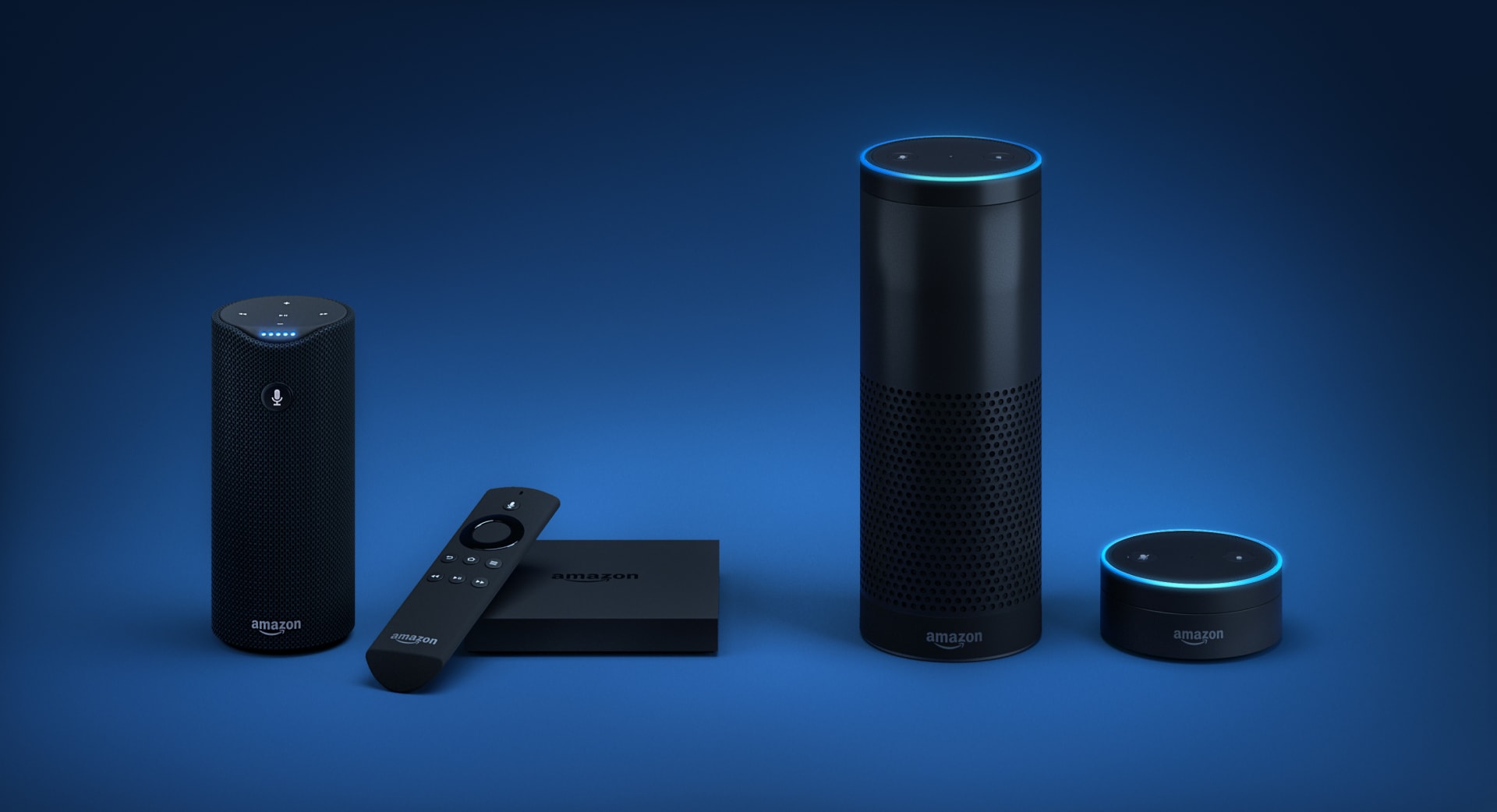Over the past several decades, the proliferation of screens and “screen time” has been practically synonymous technology’s ever-expanding role in our lives. But this year’s CES highlights a shift in how we interact with computers: more and more, we’re bypassing screens altogether through the medium of voice.
Shawn DuBravac, chief economist of the Consumer Technology Association, said that 2017 represented an inflection point in computers’ ability to translate speech into text. When such experiments first began in 1994, he said, their error rate was about 100%. As recently as 2013, computers failed to accurately transcribe 23% of human speech.
But in 2017, they will reach parity with humans, understanding what we say at least 94% of the time. “We’re ushering in an entirely new era of faceless computing,” DuBravac said.
Apple’s Siri and Google’s Home are two of the leading “virtual assistant” brands, but CES this year showed that Amazon’s Alexa has pulled away from the pack as it adds more and more “skills,” Amazon’s term for integrations with merchants and services. “Last year we saw the very first products that integrated into Amazon’s Alexa ecosystem,” DuBravac said, and “since then we’ve seen thousands of skills released on that platform.”



